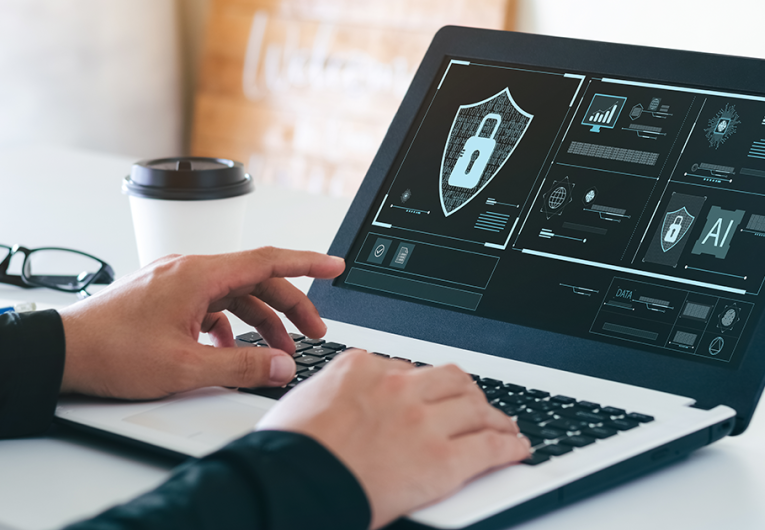
Windows Security Tips Every Business Owner Should Use
If you run a business, chances are you use Windows every day. From the first version forty years ago to the latest release, Windows has been the go-to platform for getting work done.
But because it’s so popular, it’s also a favorite target for hackers. The good news? With a few smart habits, you can keep your computers safer and running smoothly—without needing to be a tech wizard. Here are some simple, practical ways to protect your business.
1. Don’t Skip the Updates
We’ve all been guilty of clicking “remind me later” when Windows wants to update. But those updates often contain fixes for security holes. Ignoring them leaves your system vulnerable. The easy fix: turn on automatic updates so you don’t have to think about it. If you have several computers, look into simple patch management tools so everything stays current.
2. Strong Passwords (and MFA) Are a Must
Weak passwords are like leaving the front door unlocked. Make sure your team uses strong, unique passwords and changes them from time to time. Better yet, add multi-factor authentication (MFA). That’s the extra step—like a text code or app confirmation—that makes it much harder for criminals to break in. Windows works well with most MFA tools, so setup is usually quick.
3. Give Access on a “Need-to-Use” Basis
Not every employee needs admin rights. In fact, most don’t. Limiting permissions keeps mistakes (and hackers) from causing bigger problems. Think of it like giving out keys: only give people the ones they need. That way, if something goes wrong, the damage is limited.
4. Use the Security Tools You Already Have
Windows comes with built-in protections that are surprisingly strong. Windows Defender blocks viruses and malware. BitLocker encrypts your hard drive, so data stays safe even if a laptop is lost. The Windows Firewall helps keep unwanted visitors out. Make sure these tools are switched on—you’re already paying for them.
5. Backups Are Non-Negotiable
Imagine losing all your files overnight. Scary, right? That’s why backups are critical. Whether you use an external hard drive, network storage, or a cloud service, make sure backups happen regularly. Just as important: test that you can restore files if needed. A backup you can’t recover from isn’t really a backup.
6. Teach Your Team the Basics
Even the best tech can’t stop every mistake. Employees should know how to spot suspicious emails, avoid clicking unknown links, and report anything that seems “off.” A short refresher every few months works wonders. Little habits—like locking the screen when stepping away—make a big difference too.
7. Keep an Eye on Your Systems
Finally, don’t just set it and forget it. Check in on your systems once in a while. Windows has tools like Event Viewer that show what’s happening behind the scenes. Or you can use affordable monitoring software that alerts you to unusual activity. Regular check-ins help catch small problems before they turn into big ones.
Final Thoughts
Windows is a powerful, flexible tool that’s helped businesses for decades. But like any tool, it works best when you take care of it. By staying updated, using built-in protections, and helping your team stay alert, you’ll create a safer environment for your data and your customers.
Think of security not as an extra chore, but as part of running a healthy business. Protect your systems, and you’re protecting the business you’ve worked so hard to build.
The trends, insights, and solutions you need to grow your business.
By signing up, you’re subscribing to our monthly email newsletter, The
Wire. You may unsubscribe at any time.
Your information stays safe with us. Learn more about our privacy
policy.











![[#MSP_NAME#] Logo](/themes/sparklight_business/images/transition-logos/migration-banner-logo-[#MSP_CD#].png)
